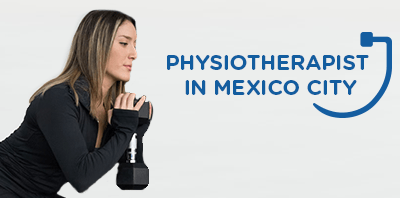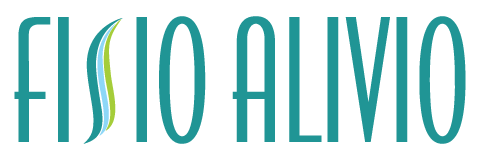The most reliable doctors in Mexico
Rehabilitation procedures in México City

Physical therapy and rehabilitation clinics help to improve the quality of life, range
of motion and restore function after an injury, surgery, or neurological condition.
Their approach is non-surgical or non-invasive, so patients can have minimal downtime.
Get more information about the most popular physical therapies in Mexico City.
The rehabilitation clinic in Mexico City has the facilities and technology to provide
safe and comprehensive procedures to help patients improve their condition and quality
of life. The therapy plan is designed by a certified and experienced physical therapist.
Additional rehabilitation procedures in México City
Exercise
Exercise or therapeutic exercise involves a series of movements to help improve
the range of motion and strength. In this therapy, the specialist guides the
body movement, or the patient is the one that controls the movements.
Ultrasound
Ultrasound or therapeutic ultrasound is used to reduce swelling, pain, and
muscle spasms on soft tissues like the muscles, tendons, and ligaments.
Electrical stimulation and TENS
TENS is a form of therapy that uses electrical impulses to relieve pain on the
neck, back, and pelvis, as well to help manage arthritis and fibromyalgia
symptoms.
Manual therapy
Also known as hands-on techniques, manual therapy can include massage,
functional and joint mobilization, energy techniques, and manipulation. This
therapy helps reduce pain and improve the function of soft tissues and joints.
Kinesiology taping
Kinesiology taping is a technique in which the specialist applies a special tape
that helps support the joints, muscles, and tendons to help alleviate pain and
spasms.
EPTE® (Percutaneous electrolysis therapy)
It is a revolutionary technique for the treatment of tendinopathies. It uses
microcurrents so that the application is practically painless for the patient.
EPTE® is an effective technique, fast in its application, and that shortens the
patient's recovery times and therefore the health costs. The device has a CE
sanitary certificate that guarantees its health benefits. EPTE® Percutaneous
Therapeutic Electrolysis technique is indicated for all types of patients, from
elite athletes to workers or housewives.
NMP (Ultrasound-guided Neuromodulation Percutaneous)
The ultrasound-guided percutaneous neuromodulation technique is defined as
electrical stimulation through a needle with ultrasound guidance of a peripheral
nerve at some point in its course or of a muscle at a motor point with a
therapeutic objective. (Valera & Minaya, 2016).
The application is based on stimulation with a puncture needle associated with a low or medium frequency electrical current seeking a sensory and/or motor response by stimulating the peripheral nerve and achieving a motor response by stimulating the motor point (Valera & Minaya, 2016)
The application is based on stimulation with a puncture needle associated with a low or medium frequency electrical current seeking a sensory and/or motor response by stimulating the peripheral nerve and achieving a motor response by stimulating the motor point (Valera & Minaya, 2016)
Dry needling
Dry needling is the use of puncture without the injection of substances in the
treatment of myofascial trigger points. Dry needling is an innovative
physiotherapeutic technique that uses acupuncture needles to treat certain
ailments, especially myofascial pain syndrome, but its similarity to acupuncture
ends here, these two techniques should not be confused. It is defined as a
semi-invasive technique because the needles penetrate the skin in search of the
trigger point -causing myofascial pain- to press it, deactivate it and end the
pain. To find it, the stimulation - compression, contraction, stretching, etc. -
of the muscle is vital, since if pain occurs this suggests that there is a
trigger point. The needle can be considered an extension of the
physiotherapist's fingers, one more palpatory technique, thanks to the "rod"
effect: the needle makes it possible to appreciate the changes in the firmness
of the crossed tissues
Note: Prices shown may vary according to the patient’s specific needs, treatment, and materials. Get an estimate directly from the clinic. All prices are expressed in USD and may be changed at any time with no prior notice. Prices are not final representations and are approximate to give patients a general idea of the costs.

